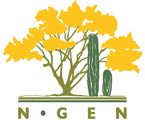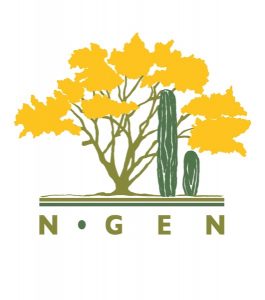A Binational and Multidisciplinary Collaboration: the Puerto Peñasco archaeology and paleoenvironment project (PPAPP)
DOUGLAS R. MITCHELL, Natalia Martínez Tagueña, Jonathan Mabry, David Dettaman, Gary Huckleberry, Richard Brusca, Karen Adams, Steve Shackley, Kirsten Rowell
Disciplines: Marine Ecology, Anthropology, Archaeology, Biology, Geology
Region: Borderlands, Gran Desierto, Gulf of California
Chapter: Tucson
The Puerto Peñasco Archaeology and Paleoenvironment Project is the first collaboration of U.S. and Mexican researchers that investigates prehistoric shell middens along the northern Gulf of California coast near Puerto Peñasco, Sonora, Mexico. Since 1997 over 60 midden sites have been recorded during reconnaissance surveys, and excavations have been conducted at four sites in the Estero Morúa and Bahía Adair areas. Investigations have identified a variety of molluscs, small fish bones, crab claws, terrestrial animal bones, sea turtle bones, and archaeological artifacts. Artifact types indicate presence in the area by prehistoric people associated with the pre-ceramic Papaguerían culture and the later prehistoric Patayan, Hohokam, Trincheras, and Comcaac (Seri) cultures. Radiocarbon dates indicate use of these middens for several thousand years. Additional evidence comes from geomophology, obsidian artifact sourcing, isotope analysis, shell/otolith identification, and plant analysis. Research goals contribute to the knowledge of Sonoran Desert archaeology, paleoenvironment, adaptation to an arid coastal environment, and the interaction of prehistoric and historic groups. Therefore the project documents evidence of seasonal movements of diverse human groups across the present-day U.S.-Mexico border concurrent with changing coastal landforms and ecosystems over the last ~6,000 years. Future research includes excavations and analysis of collected evidence. Interdisciplinary endeavors are needed to understand environmental change alongside human impacts through time providing usable knowledge for decision makers toward conservation and the sustainable use of natural resources. Lastly, this research assesses the impact of development and tourism on Mexico’s national heritage.


